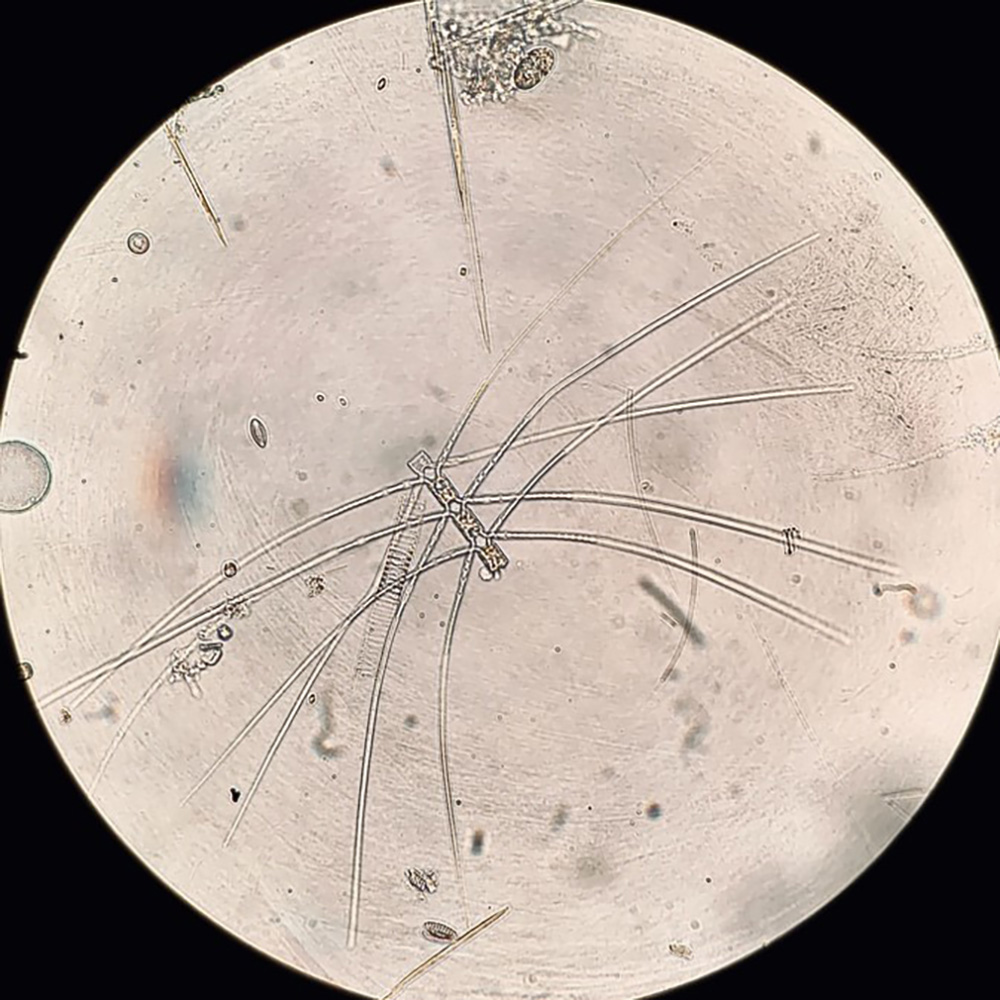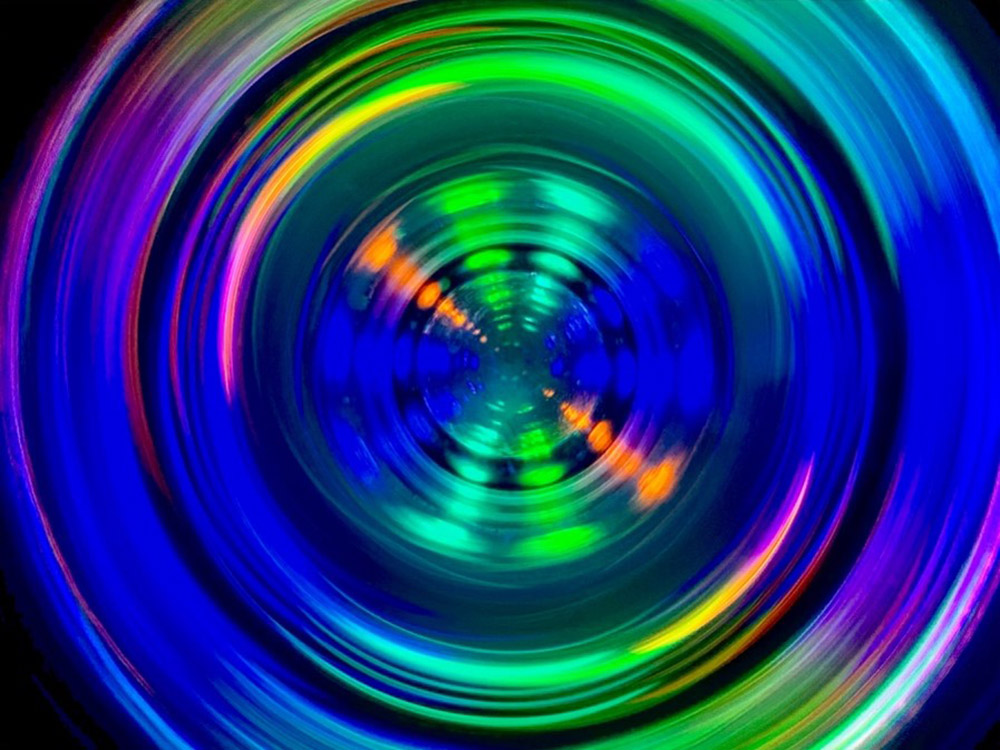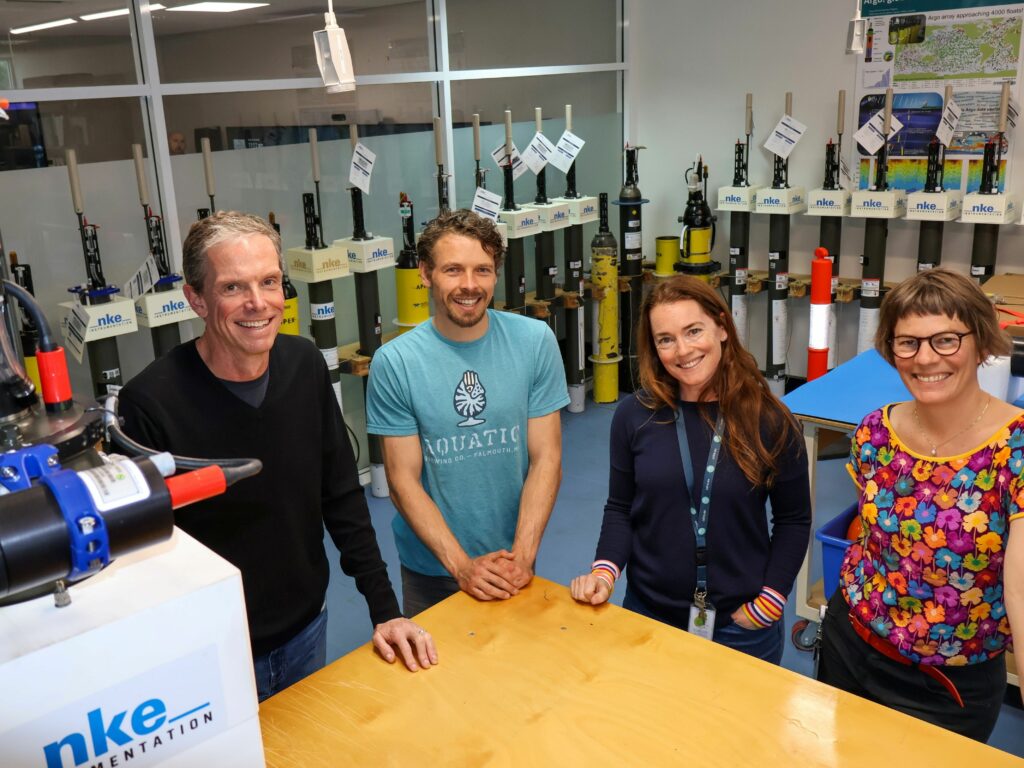24 Hour Party Plankton
Pauline Latour, Sam Eggins & Robert Strzepek
They are microscopic, exhibit funky shapes and wear many different colours. Welcome to the amazing world of phytoplankton.
While often overlooked, these microalgae that live in the sunlit waters of the surface ocean have essential roles in both marine ecosystems and global climate. At the base of most marine food chains, they support a multitude of living things. Small animals, such as zooplankton, graze on these algae. Zooplankton are themselves then eaten by fish and so on, all the way up to the charismatic macrofauna, such as penguins, seabirds or whales. In other words, without these awesome little algae, our oceans would be quite empty. But that’s not all. In addition to feeding the ocean, these little algae are fighting for the climate!
Like trees on land, phytoplankton perform photosynthesis, during which they absorb carbon dioxide and release oxygen. By doing so, they contribute to what we call the marine biological carbon pump whereby the ocean absorbs carbon dioxide from the atmosphere and exports it to the deep ocean. Therefore, identifying the factors that influence the growth of phytoplankton is essential to predicting how the ocean interacts with the atmosphere to affect the climate.
The SOLACE voyage takes place in the Southern Ocean. In this region, the microalgae face a major issue: they are starved of certain metals, especially iron, that are essential for growth but present at very low concentrations. Consequently, there are fewer phytoplankton in the Southern Ocean than what is expected given the excess of nutrients like nitrogen and silicon that are present, and this directly impacts the biological carbon pump.
So now, in the middle of the Southern Ocean, we couple studies of trace metals and phytoplankton to better understand the system… and it is tricky! The study of trace metals is complicated by their low concentrations. Many things, such as a big metal ship, can contaminate our samples and bias the results. To counter this, the samples are collected using a trace metal rosette, which aims to reduce the risk of contamination (see below). We then process the samples in a clean container, dressed in only the purest of lab jumpsuits, to protect the samples from ourselves. Some seawater samples will be used for trace metal analysis, other samples will be incubated under different treatments to probe what factors most affect the growth of microalgae.

On this voyage we are looking at iron and carbon uptake, the competition between phytoplankton and bacteria for resources, the different mechanisms of carbon uptake and the limitation of microalgae growth by different metals, such as manganese. Using a technique called Light Induced Fluorescence Transients (LIFT), we expose the algae to a series of very short flashes of light (flashlets) – kind of like a dance party – and then measure the amount of light that they re-emit as fluorescence (see below). This gives us precious information on their health. Even though most of our results will be analysed back onshore, our preliminary results suggest that they are starving, working hard to survive, and dancing… just like PhD students.






